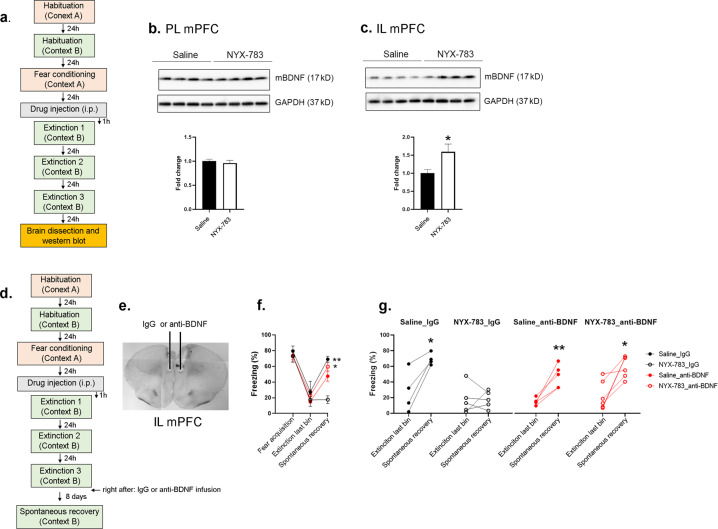Fig. 5. Function-blocking BDNF antibody (anti-BDNF) blocks the effect of NYX-783 on the inhibition of spontaneous recovery of learned fear in male mice.
a Schematic illustration of the fear-conditioning paradigm and sample collection. b Representative western blot images and bar graph of BDNF in the PL mPFC. c Representative western blot images and bar graph of BDNF in the IL mPFC. n = 4–6 mice per group. All the data are expressed as mean ± SEM. *p < 0.05. d Schematic illustration of the fear-conditioning paradigm. Infusion of anti-BDNF nAb immediately after the extinction trial (on day 3) prevented the effect of NYX-783 on the inhibition of spontaneous fear return. e Representative image of cannulation. f Fear acquisition in male mice: Freezing (% time) for the last CS from the five CS–US pairing trials during fear conditioning in context A. Either saline or NYX-783 (1 mg/kg; i.p.) was injected 1 h before the first extinction. Extinction last bin: average freezing of the last two tones during the extinction on day 3. Spontaneous recovery: % freezing of single CS presentation in context B performed 8 days after the last extinction. g Graphs of within-group comparisons in male mice. Black closed circles indicate Saline injection with control IgG infusion (Saline_IgG). Black open circles indicate NYX-783 injection with control IgG infusion (NYX-783_IgG). Red closed circles indicate saline injection with anti-BDNF mPFC infusion (saline_anti-BDNF). Red open circles indicate NYX-783 injection with anti-BDNF infusion (NYX-783_anti-BDNF). n = 4–6 mice per group. b, c Unpaired two-tailed t test. f Three-way ANOVA with Sidak’s multiple comparisons post hoc test. g Paired two-tailed t test *p < 0.05, **p < 0.01. All the data are expressed as mean ± SEM.

